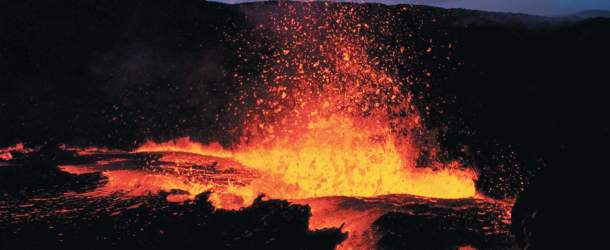Volcanoes are some of the most incredible, awe-inspiring natural wonders that exist in the world. They can potentially be deadly and frightening but they’re breath-takingly beautiful and they dominate the landscape, creating stunning views that can be enjoyed from miles around.
A number of volcanoes are accessible by cruise ship, so this is a compiled list of some of the most interesting volcanoes that you can visit.
Mount Vesuvius
Mount Vesuvius is one of the most renowned volcanoes around the entire world, probably due to one of the largest eruptions in the year 79 AD which devastated the population of the city of Pompeii, yet preserved much of the city as ruins due to the layer of ash that coated the buildings. Today it’s still classed as active, with the last eruption in 1944, although you are only likely to see steam rising from vents. An interesting fact is that Vesuvius erupting in 1908 led to London taking over as host of the Olympic Games for the first time.
Kilauea
Kilauea is a shield volcano on the largest island in Hawaii, easily accessible from the port of Hilo. It has a large caldera along with two active rifts, and incredibly it is currently erupting and has been continuously since 1983. It is at the home of its own National Park and it’s always popular with visitors – despite being continuously active it’s also relatively calm, making it safe enough to approach on a visit due to constant monitoring.
Mount Pelee
The impressive Mount Pelee is an active volcano on the island of Martinique in the Caribbean. It famously erupted in 1902, killing 30,000 people in what is widely called the worst volcanic disaster of the 20th century. The eruption destroyed the city of Saint-Pierre within minutes, leaving just three reported survivors. It’s expected to erupt again, although it is not certain when. You can see the volcano on cruises to the Lower Antilles.
Mount Teide
Mount Teide is a volcano on Tenerife. The summit is the highest point in all of Spain and at 7,500m it is the third-highest volcano in the whole world. The volcano is a part of the Teide National Park, a UNESCO World Heritage Site and one of the most visited National Parks across the globe with nearly 3 million visitors. An eruption is predicted, and the volcano is ranked as being unstable despite being currently classified as dormant, but again it is not clear whether this is imminent or a long way off.
By Ian Lewis
Google




Comments: no replies